The Bee of Sophia, also known as the "WKID WISM Bee," symbolizes the pursuit of deep, reflective knowledge that informs wisdom. It plays a central role in UTOK, representing how knowledge is gathered, transformed, and organized into wisdom, fostering a coherent understanding of the world.
Introduction
The Bee of Sophia is one of the two Wisdom Bees in UTOK's Garden, alongside the Bee of Phronesis. Together, they symbolize the dialectical relationship between knowledge and wisdom, and between theory and practice. While the Bee of Phronesis emphasizes practical wisdom in action, the Bee of Sophia embodies theoretical wisdom—the refined process of transforming knowledge into deep insight.
In the UTOK Garden, Sophia plays a vital role in ensuring that our pursuit of wisdom is grounded in rigorous knowledge, framed by metaphysical clarity and coherence. Its full name, WKID WISM, reflects this mission:
WKID stands for "Wisdom, Knowledge, Information, and Data," referring to the hierarchy of information processing. It represents the intellectual progression from raw data to wisdom, a journey critical for understanding the world and acting wisely within it.
WISM stands for "Wholistic Intersubjective Mental Behaviorism," a broad integrative approach that ensures multiple dimensions of knowledge—objective, subjective, and intersubjective—are taken into account.
Breaking Down WKID WISM:
Data: The most basic element in the hierarchy, data refers to raw observations or measurements of differences in the world. For example, weather data might include temperature, wind speed, and humidity levels.
Information: Data becomes information when processed through a system that identifies patterns or meaning. In our weather example, information might involve recognizing that a storm is forming based on the data.
Knowledge: Information transforms into knowledge when validated by being integrated with other information and judged as justifiable or useful. In weather forecasting, this could involve comparing current information with historical data to make predictions.
Wisdom: When knowledge is synthesized into a broader understanding of values and first principles, it becomes wisdom. This final stage informs decisions about what ought to be done based on knowledge of the world. In the weather example, wisdom would guide how to respond to a storm to protect lives and ensure safety.
In UTOK, Sophia represents the culmination of this process—moving from the accumulation of data to the cultivation of wisdom. This form of wisdom is reflective and contemplative, requiring us to consider the deeper implications of our knowledge in guiding action toward good, ethical, and meaningful outcomes.
Wholistic Intersubjective Mental Behaviorism (WISM):
The second part of Sophia's name, WISM, highlights UTOK’s integrated approach to knowledge, encompassing multiple perspectives in the pursuit of wisdom. This structure is based on Ken Wilber’s four-quadrant model:
Wholistic: Represents the systemic, interobjective view of reality, corresponding with UTOK’s Tree of Knowledge (ToK) System, which maps complex behavior across nature.
Intersubjective: This is the shared cultural knowledge represented by UTOK’s Justification Systems Theory (JUST). It refers to how groups of people coordinate around shared beliefs and values.
Mental: Refers to the subjective, first-person experience, framed in UTOK by the iQuad Coin, which focuses on the internal perspective of the individual.
Behavioral: This involves the third-person, objective view of actions and behaviors, symbolized by UTOK’s Periodic Table of Behavior (PTB).
Sophia’s role in the UTOK Garden is to facilitate the transformation of knowledge across these dimensions. In practical terms, this means taking a broad, systemic view of wisdom, which not only incorporates objective data but also accounts for subjective experience and cultural context.
The Bee of Sophia's Role in UTOK’s Tree of Life:
The Bee of Sophia is associated with the Unified Theory of Psychology, which sits on the left side of UTOK’s Tree of Life. This side of the Tree is primarily concerned with the metatheoretical integration of scientific knowledge, particularly in psychological science. Its task is to accumulate and refine knowledge in a cumulative, coherent way to solve the Problem of Psychology.
The Bee of Sophia pollinates wisdom by guiding our intellectual journey through scientific knowledge, ensuring that we not only acquire facts but also understand their broader implications for how we should live and interact with the world. This reflective knowledge forms the foundation for wise decision-making and informs the theoretical frameworks that help us understand ourselves and the world.
Symbolism of the Wisdom Bees’ Dance:
Together, the Bee of Sophia and the Bee of Phronesis engage in a dialectical "waggle dance," much like honeybees communicate essential information for the survival of their hive. In UTOK, this dance symbolizes the interplay between theoretical knowledge and practical wisdom. The Bee of Sophia, aligned with reflective knowing, ensures that our actions are informed by a coherent, cumulative understanding of the world, while the Bee of Phronesis, aligned with practical wisdom, focuses on applying that knowledge to foster well-being in everyday life.
The Bee of Sophia’s dance emphasizes the importance of aligning our knowledge systems—subjective, objective, and intersubjective—with our higher values and first principles, leading to a more coherent and meaningful existence.





